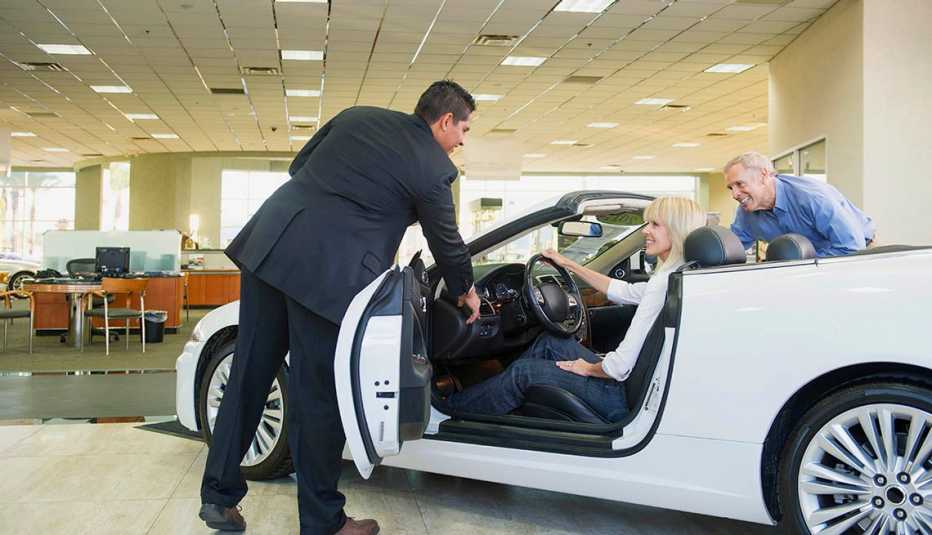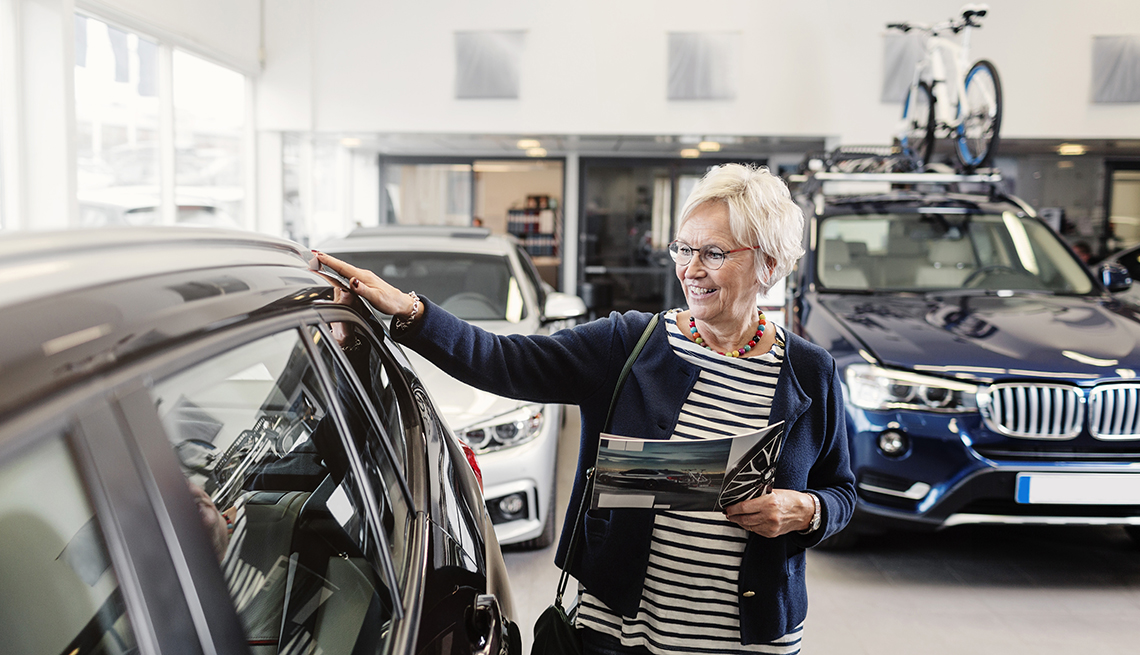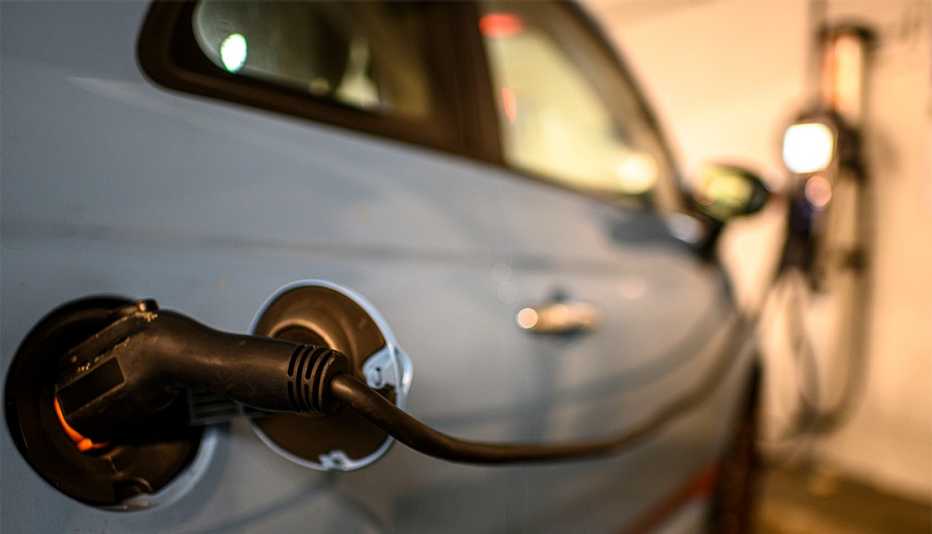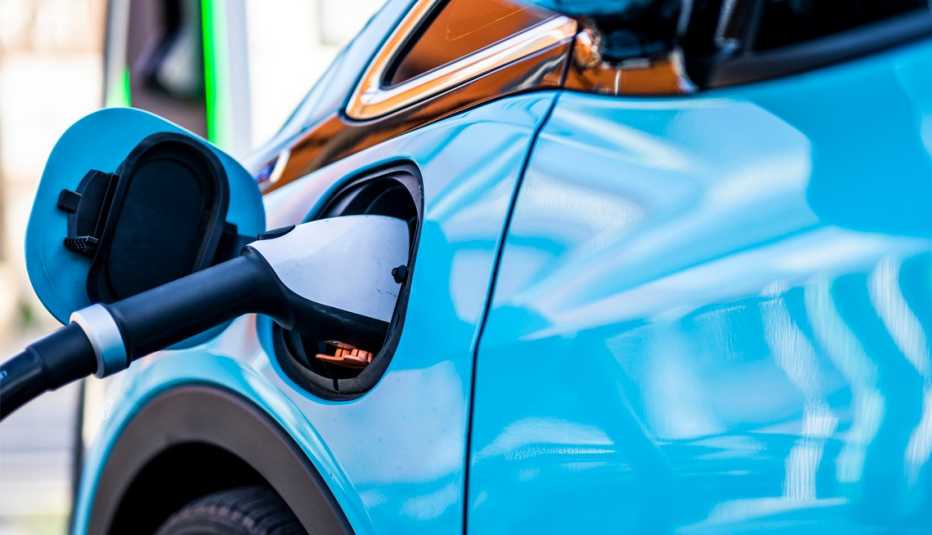AARP Hearing Center
Sarah Elizabeth Adler,
Looking for a new set of wheels? Whether you want to buy or lease, splurge on luxury features or simply make the best deal, the right preparation can make car shopping a whole lot easier. Here’s what to keep in mind before your first test drive.
The money
You wouldn’t buy a house without a budget, so why buy a car without a financial plan? First, decide how much you’re willing to spend.
Estimates vary, but most experts say to put no more than 20 percent of your take-home pay (or 10 percent of your pretax dollars) toward car-related expenses, including your monthly payment and insurance.
Then, think about whether leasing or buying is right for you. Depending on factors like how many miles you drive, how often you’d like to upgrade your vehicle, and whether you qualify for certain types of financing, either one could be the right fit. In general, buying outright will mean you pay less over the long run. But beware dealer-advertised financing offers, like loans with zero percent interest: Typically, only buyers with excellent credit scores will qualify.
In fact, if you know you’ll be applying for a loan, it’s a good idea to get approved by your bank or lender before visiting the dealership. Preapproval will not only give you a better sense of your budget and monthly payment amount, but can also put you in a better position to negotiate.
On the other hand, leasing lets you drive a better car than you might otherwise be able to afford — and this option seems to be becoming more popular. According to the car research and shopping site Edmunds.com, leases made up a nearly a third of new-car transactions in the first half of 2018, up from 25.7 percent in 2013. But there are some downsides, like limits on how many miles you can drive and the possibility of higher insurance premiums.
The method
Buyers aren't just starting to lease more often, they're also moving the shopping process out of the car lot and onto the computer screen. According to a 2018 study from Cox Automotive, the firm that oversees auto resource and buying sites Autotrader.com and Kelley Blue Book (KBB.com), half of buyers don’t even contact a dealership prior to their first visit — instead, the majority start out on third-party websites. And while most buyers will eventually end up at the dealership for a test drive, online buying, whether through a third-party or dealership website, can help you avoid the stress of aggressive sales tactics.


Yet the in-person approach offers something websites don’t: the chance to see models with your own eyes. That’s where auto shows may also come in. According to Consumer Reports, car shows are a “secret weapon” for buyers, offering the chance to compare offerings from multiple manufacturers in person and in one place.
(The only method worth avoiding? The scam kind. Beware of phony dealership websites and fraudulent listings on auction sites and social media.)
































































